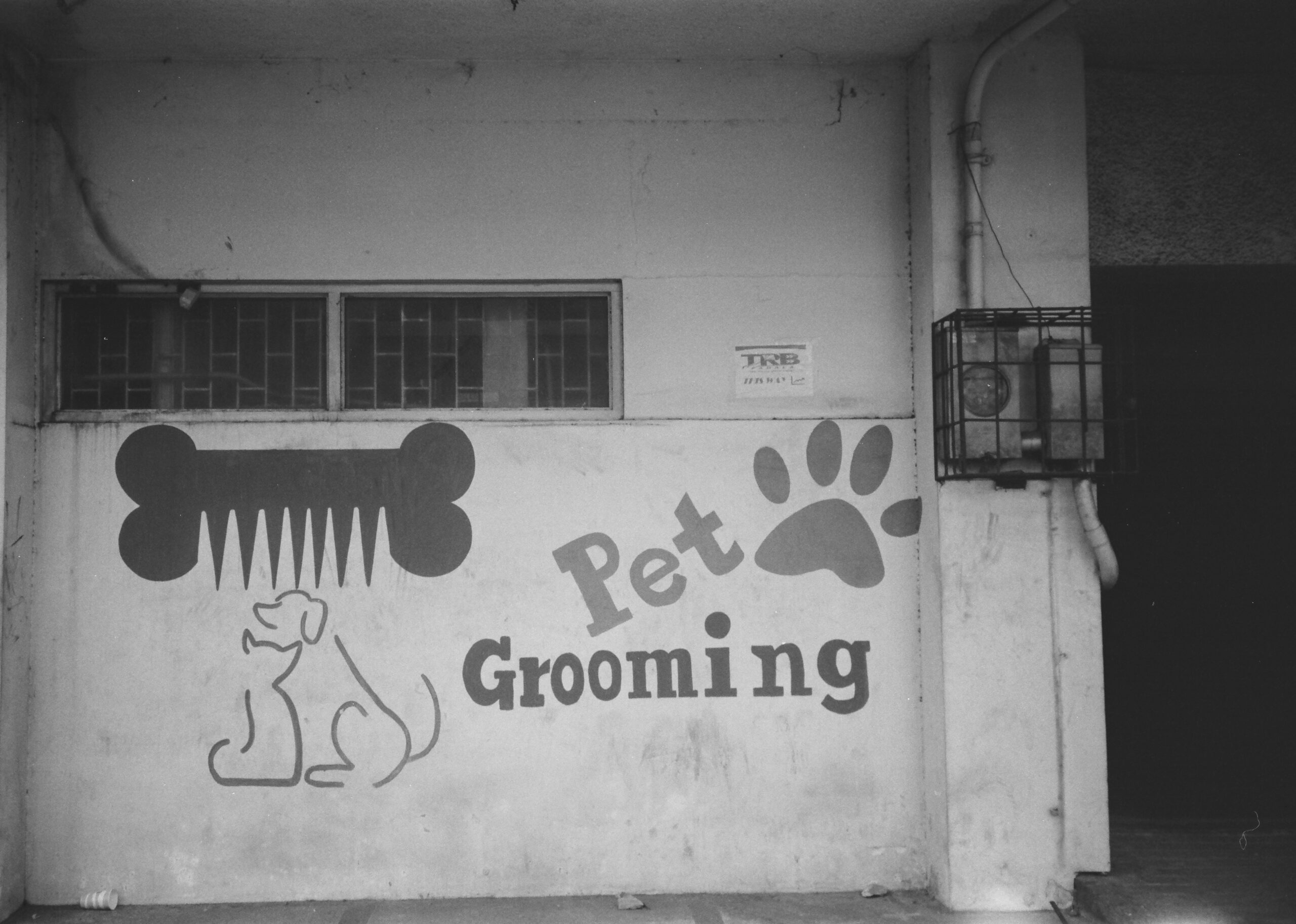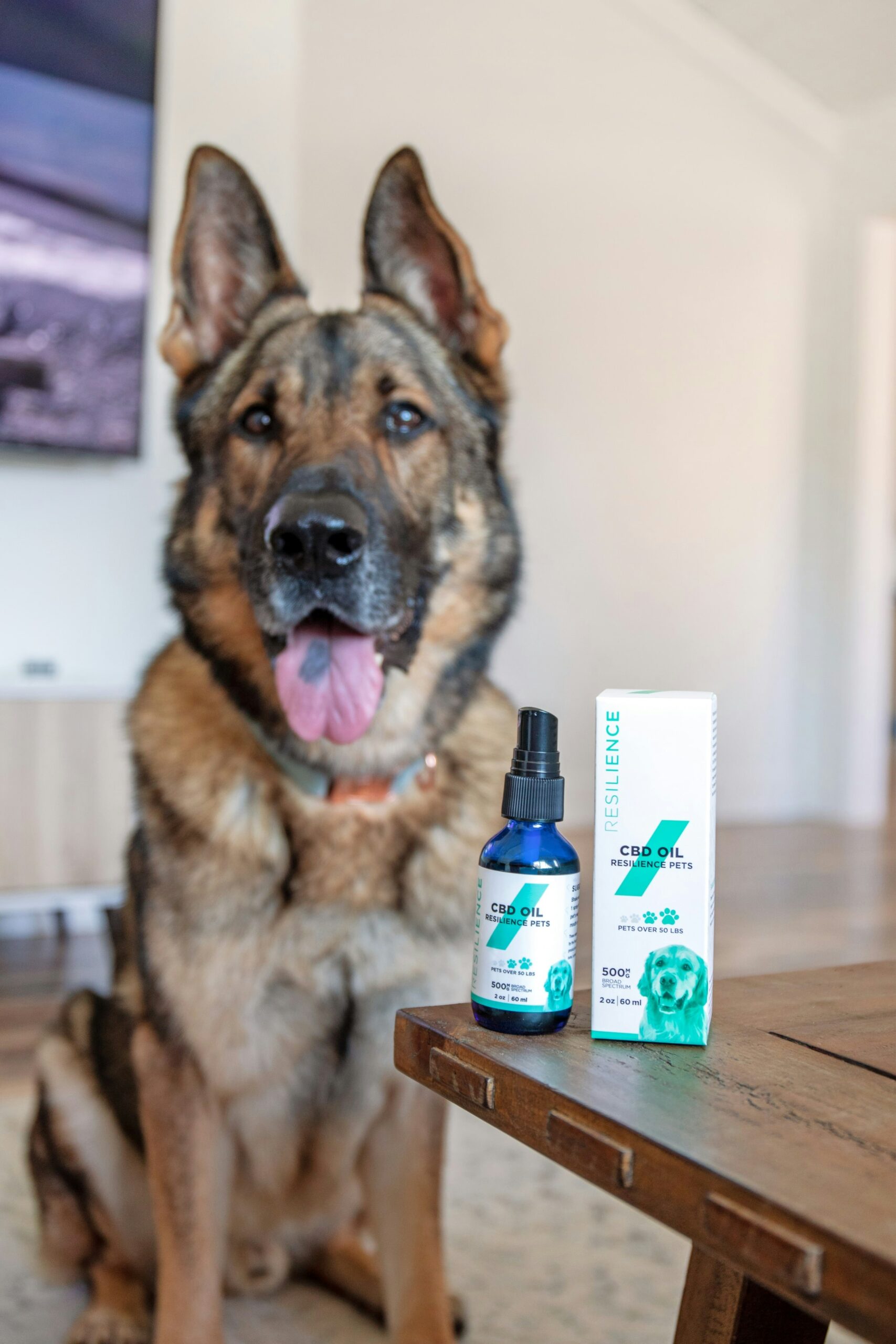Cat-Proofing Your Home: Essential Tips
Introduction to Cat-Proofing
Creating a safe environment for your feline friend is paramount for any responsible pet owner. Cats, by nature, are exceptionally curious creatures, often leading them to investigate every corner and cranny of their surroundings. This inquisitive behavior, while endearing, can sometimes expose them to various hazards lurking in an average household. Ensuring cat-proofing measures are in place can significantly mitigate these risks, providing a safer habitat for your pet.
Cat-proofing your home involves identifying and addressing potential dangers that could harm your cat. Household items such as electrical cords, toxic plants, and small objects can pose severe threats. Beyond the obvious physical hazards, securing household plants, managing food access, and using pet-safe cleaning products are crucial steps in cat-proofing. These efforts help prevent accidental ingestion of harmful substances and other mishaps.
The benefits of cat-proofing extend beyond reducing the risk of accidents. For pet owners, there is immense peace of mind knowing that their living space supports their cat’s well-being. Additionally, a cat-proofed home can minimize stress for pets, leading to overall happier and healthier feline companions. This preventive approach reflects a proactive attitude towards pet care, fostering a harmonious living environment for both cats and their owners.
Anticipating potential dangers and taking steps to mitigate them is a proactive way to ensure your cat’s safety. By adopting cat-proofing strategies, you also promote an enriched environment where your cat’s natural curiosity and playful nature can thrive safely. Whether you’re a new pet owner or an experienced feline caretaker, understanding and implementing these safety measures is an essential aspect of providing quality care for your beloved pet.
Identifying Common Hazards
When it comes to ensuring the safety of cats within the home, recognizing potential hazards is paramount. Electrical cords, for instance, are a significant threat. Cats are naturally curious creatures and may see dangling cords as enticing playthings. Unfortunately, chewing on these cords can lead to serious injuries or even fatal electrocutions. To mitigate this risk, use cord protectors or strategically place furniture to make the cords less accessible.
Another prevalent danger is small objects which cats could swallow. Items like buttons, rubber bands, and small toys are particularly problematic. These objects often appear in nooks and crannies throughout the home, easily overlooked until it’s too late. Ingesting such items can cause choking or internal blockages, requiring immediate veterinary intervention. Regularly inspect areas such as under furniture and in-between cushions to ensure no small objects are within a cat’s reach.
Toxic plants, too, pose a significant hazard. Many common household plants such as lilies, philodendrons, and poinsettias are toxic to cats. Even minimal ingestion can cause symptoms ranging from gastrointestinal upset to severe organ failure. A practical tip is to familiarize yourself with a comprehensive list of cat-toxic plants and either remove them from your home or place them in locations inaccessible to your feline friend.
Household cleaners also warrant caution. Cats can be particularly sensitive to many of the chemicals found in cleaners, including ammonia, bleach, and phenols. These substances can irritate a cat’s skin, eyes, and respiratory system. It’s advisable to store all cleaning products in securely locked cabinets and opt for pet-safe cleaning agents whenever possible.
Breaking down the house into specific areas gives a clearer picture of potential dangers:
- Kitchen: Aside from toxic plants and cleaners, kitchen hazards include sharp objects and hot surfaces. Always ensure knives and other sharp utensils are stored out of a cat’s reach, and be cautious of stovetops and ovens.
- Bathroom: Small items like hair ties and razors, as well as various medications, can pose threats. Store these items in cabinets or drawers.
- Living Room: Apart from cords and small objects, living room hazards include recliners and other furniture that may close on an unsuspecting cat. Being mindful of where your cat is physically and habitually occupying can prevent tragic accidents.
An anecdotal example—consider the case of Bella, a young cat who ingested a piece of string from a sewing kit left out in the living room. This seemingly harmless string caused an intestinal blockage, necessitating emergency surgery. Experiences like this underscore the importance of diligent supervision and proactive hazard removal to safeguard our feline companions.
Securing Windows and Doors
When considering the safety of your feline friends, securing windows and doors is of paramount importance. Cats are curious and agile creatures; an unsecured window or door can lead to potentially dangerous escapes or accidents. Ensuring your home is cat-proofed in this regard involves some deliberate measures.
Firstly, windows, particularly those that are left open for ventilation, should be equipped with sturdy screens or window guards. Traditional window screens may not withstand a cat’s claws or weight, so investing in heavy-duty screens is advisable. Window guards, on the other hand, provide a physical barrier that prevents cats from slipping out. Ensure that these protections are securely installed and checked regularly for signs of wear and tear.
Securing sliding doors also requires attention. These doors, if not properly latched, can be pushed open by a determined cat. Installing a sliding door latch or bolt can mitigate this risk. Another useful addition is a door stopper or a cat-proofing strip that makes it difficult for cats to pry the door open. Regularly inspect these mechanisms to ensure they function correctly and remain secure.
Beyond physical measures, training your cat to stay away from potentially dangerous exits is equally important. Begin by discouraging your cat from approaching doors by using positive reinforcement techniques. Use treats or toys to reward your cat for staying in designated areas. It can also be helpful to create a safe space away from doors and windows where the cat feels comfortable and stimulated, reducing their temptation to explore potentially risky exits.
Finally, the dangers of leaving doors open should not be underestimated. Even if you’re just stepping out momentarily, always ensure doors are properly closed to prevent any unexpected escapes. Consider using baby gates or other barriers to limit access to exterior doors, especially if visitors are frequently coming and going.
Creating a Safe Play Area
Establishing a dedicated safe play area for your cat is pivotal in nurturing their physical and mental well-being. Cats, by nature, are curious creatures with an inherent need to explore and play. This often leads them into potentially hazardous areas of your home. By creating a specific space tailored to their needs, you can significantly mitigate these risks and provide an environment that stimulates and satisfies their curiosity and energy.
First and foremost, choosing the right toys is crucial. Opt for toys that are engaging and safe. Interactive toys like feather wands, laser pointers, and puzzle toys can keep your cat entertained for hours. Soft toys that they can bat around or cuddle with are also excellent choices. Avoid toys with small parts that can be swallowed or strings that can pose a choking hazard.
Climbing structures are another essential component of a safe play area. Cats love to climb and perch in high places. Incorporating cat trees or shelves can give them the elevation they crave while providing a safe vantage point. These structures cater to their instinctual behavior and help in maintaining an active lifestyle, thereby reducing the risks of obesity and related health issues.
Scratching posts are indispensable in any cat play area. Scratching is a natural and necessary activity for cats as it helps them mark their territory, stretch their bodies, and maintain their claws. Offering a variety of scratching posts made of different materials such as sisal rope, carpet, and wood can keep them interested and prevent them from damaging your furniture.
Providing a designated play area for your cat not only keeps them physically and mentally stimulated but also reduces their curiosity-driven exploration of potentially dangerous areas in your home. This space becomes their sanctuary where they feel safe and secure, and it helps channel their energy in a positive manner. A well-thought-out play area can significantly contribute to a happy, healthy cat and a harmonious household.
Managing Cords and Wires
Managing cords and wires is a crucial aspect of cat-proofing your home, as these can be both attractive and hazardous for your feline companions. Cats are naturally curious and playful, often tempted to chew on or bat at dangling wires. This behavior not only poses a risk to their safety but can also damage your electronic devices. Implementing a few strategic measures can help create a safer environment for your cat while preserving the integrity of your home electronics.
One effective strategy is to use cord covers or cable organizers, which encase the wires and make them less accessible to curious paws. Cord covers come in various designs, such as flexible tubes or rigid channels, that can be easily mounted along baseboards or behind furniture. These not only protect cords but also keep them neatly organized, reducing clutter.
Securing loose wires is another vital measure. Use adhesive clips or cable ties to affix wires along walls or the backs of desks where they are less likely to attract your cat’s attention. For more accessible areas, consider using double-sided tape or furniture bumps to discourage cats from exploring further. Electrical wires should be kept off the floor and away from reach. Managing these wires effectively can significantly reduce the chances of your cat chewing on potentially dangerous cords.
For home offices and entertainment areas, where cords and wires tend to be more prevalent, additional precautions can be implemented. Place electronic devices on elevated shelves or within cabinets to keep them out of reach. Routinely inspecting these spaces and immediately addressing any loose or exposed wires can make a significant difference in maintaining a cat-safe environment.
By investing time and resources into properly managing cords and wires, you can ensure a safer, more harmonious living space for both you and your feline companion. This fundamental aspect of cat-proofing your home not only helps protect your cat from potential harm but also safeguards your valuable electronic equipment from damage.
Keeping Toxic Substances Out of Reach
Ensuring the safety of your feline companion involves diligent attention to potential hazards within your home. One crucial aspect of cat-proofing is identifying and adequately storing substances that are toxic to cats. Common toxins can be found in various forms, such as foods, plants, and household cleaners, which may not be immediately obvious as threats.
For foods, items like chocolate, onions, garlic, grapes, and alcohol are highly toxic to cats and should be kept well out of their reach. Store these items in closed cabinets or secure pantries to prevent accidental ingestion. Additionally, avoid feeding your cat any table scraps or allowing them access to your countertops while cooking.
Many household plants can pose significant risks to cats as well. Plants such as lilies, azaleas, and philodendrons should be kept away from areas accessible to your pets. Consider placing toxic plants in rooms that your cat cannot access or using hanging planters to keep them out of reach. Alternatively, opt for cat-safe plants like spider plants, Boston ferns, or catnip, which are not only safe but can also provide enrichment for your cat.
Household cleaners and chemicals are another major concern. Cleaners containing bleach, ammonia, or glycol ethers can be extremely harmful if ingested or if they come into contact with your cat’s skin. Store all cleaning supplies, medications, and other chemicals in high, locked cabinets. If you need to use these products, ensure that your cat is kept in another room until surfaces have dried or been rinsed thoroughly.
A general list of common toxins to be vigilant about includes antifreeze, rodenticides, human medications, essential oils, and certain air fresheners. For a safer alternative, use pet-friendly products available on the market that do not contain harmful chemicals, or create DIY cleaning solutions using natural ingredients like vinegar and baking soda.
By taking these precautions and making informed choices, you can create a safe and enjoyable living environment for both you and your furry friend.
Training Your Cat for Safety
Training your cat is a pivotal aspect of ensuring their safety within your home. While cats are known for their independence, they can be trained successfully to adhere to safety protocols that keep them out of harm’s way. Fundamental training techniques involve teaching your cat commands that help them understand boundaries and recognize off-limit areas.
Positive reinforcement is essential in training your cat. Whenever your cat follows a command or stays away from a restricted area, reward them with treats, praise, or a favorite toy. This reinforcement helps your cat associate good behavior with positive outcomes, making it more likely they will repeat these behaviors.
Commands such as “no,” “stay,” and “off” can be integral in keeping your cat safe. For example, training your cat to stay off countertops or away from certain rooms can prevent accidents and exposure to hazardous substances. Consistency in these commands is key; ensure that everyone in the household uses the same words and reinforcement methods to avoid confusing the cat.
Creating clear boundaries in your home is also crucial. This can be achieved by initially allowing access to only certain areas and gradually enlarging their territory as they learn the rules. Using baby gates or closing doors to restrict access can help your cat understand the limits. Additionally, providing your cat with designated spaces, such as scratching posts or cozy beds, can redirect their attention away from off-limit areas.
Teaching your cat to recognize and respect these boundaries takes time and patience, but it is vital for their safety. Remember, consistency and positive reinforcement are essential pillars in training your cat. Through clear communication and dedicated training efforts, you can create a secure environment where your cat can thrive while staying out of harm’s way.
Regular Monitoring and Maintenance
Ensuring that your home remains securely cat-proofed demands continuous vigilance and upkeep. As the dynamics within your household evolve, it becomes paramount to routinely check for new potential hazards. This practice is essential to maintain a safe environment for your feline friend. Regular monitoring involves thoroughly inspecting various areas such as wires, small objects, and spaces where harmful substances can be accessed unexpectedly. Even if you believe your home is already adequately protected, new dangers can emerge over time.
With cats being naturally curious creatures, safety measures that were once sufficient might no longer be effective as your cat grows or as new possessions are introduced into the home. For example, a kitten might initially lack the agility to leap onto countertops or shelves, but as they grow older, they may suddenly gain access to higher areas, necessitating additional barriers or deterrents. Similarly, relocating furniture or bringing in new items may expose new risks, such as uncovered electrical cords or accessible plants that are toxic to cats.
Integrating cat-proofing into your regular household maintenance routine can help mitigate these risks. This can be achieved by setting up a checklist of areas and items to inspect on a monthly basis. Check for any changes in the placement or accessibility of dangerous items, ensuring that barriers and locks are functioning optimally. Moreover, as a proactive measure, consult resources or veterinarians periodically to stay informed about common and emerging household risks for cats, enabling you to better adapt to your pet’s growing curiosity and activity level.
By prioritizing regular monitoring and prompt maintenance, you contribute significantly to a continuously safe and stimulating environment for your cat. This steady vigilance not only prevents accidents but also ensures that your home remains a secure haven for your furry companion.















Post Comment